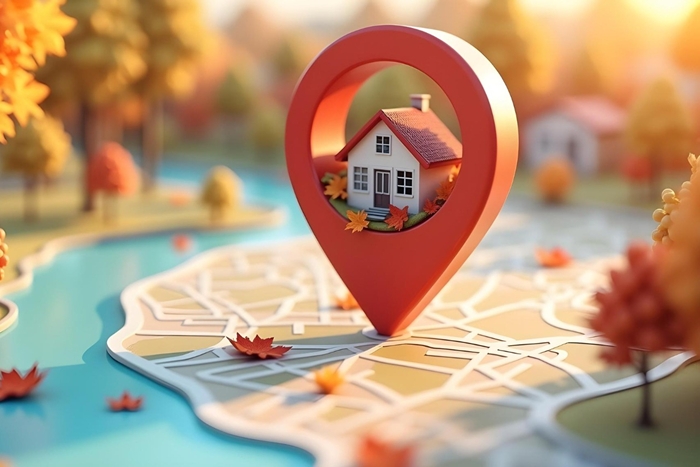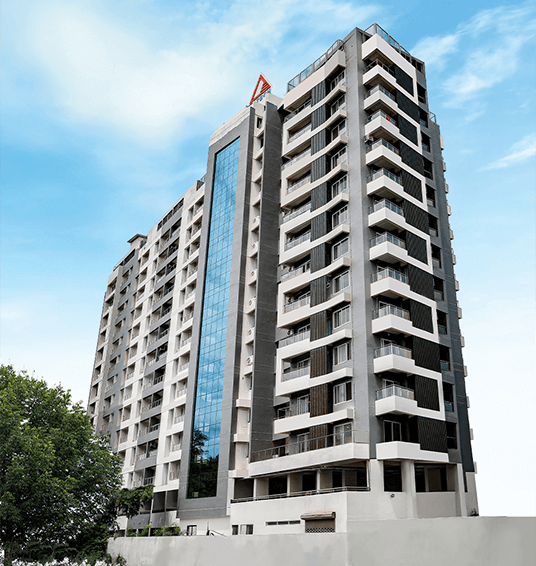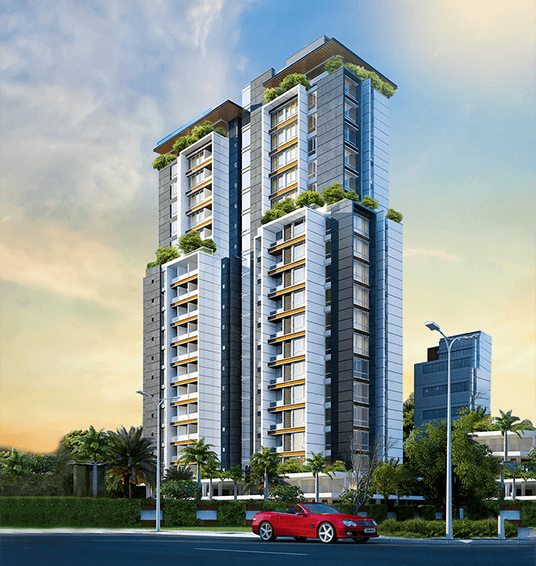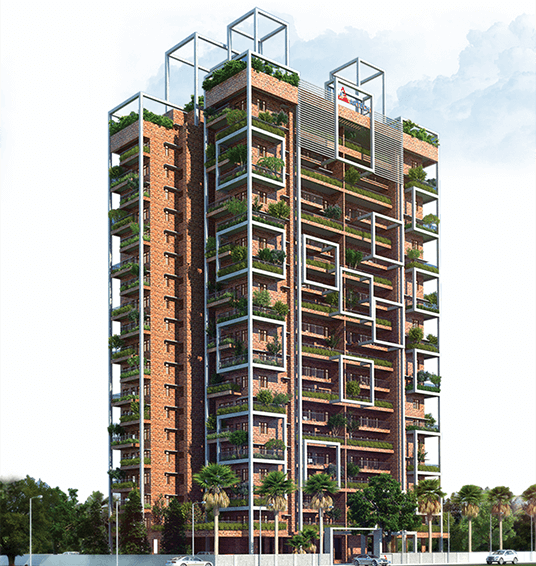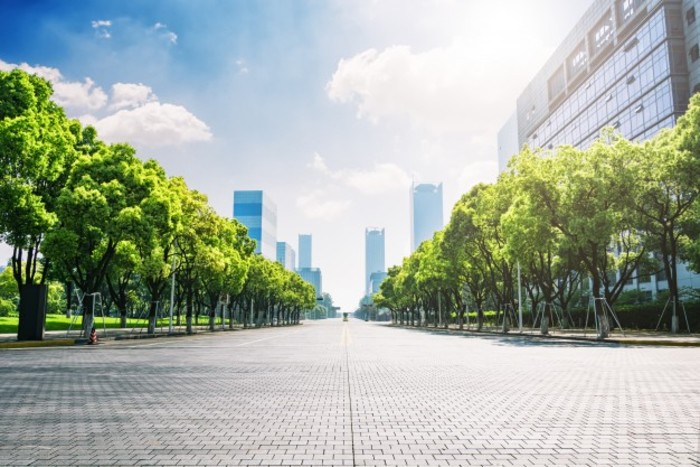
Rapid urbanization has increased the gap between rural and urban societies. However, that is not to say that rural societies are still living in the medieval times, as they have been evolving too, albeit at a slower rate. Here are a few of the differences between these societies:
Industrialization – While the present-day urban society is highly urbanised and industrialized with access to great infrastructure, rural society is left way behind. At a maximum level, there might be some small-scale family-owned cottage industries.
Nature – In rural society, life revolves around the natural environment with elements like rains, heat and drought affecting the society. In urban societies on the other hand, life is more complicated and has moved away from nature and into a man-made environment.
Density – The population density in rural societies is lower with poor health facilities and a percentage of people moving to cities for better prospects. Urban societies tend to be densely-populated but have better prospects.
Population – Rural societies have a homogenous population that is socially, racially and psychologically correlated with agriculture. The urban society is more heterogeneous with people of different castes, races and religion co-existing together despite their economical and cultural differences.
Interaction – Interestingly, the rural society has better social interaction with face-to-face informal and genuine relationships. There is greater cohesiveness and unity within the society too. The urban society falls back in this regard with interactions being wider, but relationships being shallow and short-lived. Due to social dissimilarities within urban societies, interactions are more formal and impersonal.
Societal Control – The rural society exerts greater informal social pressure to conform to the norms of the society with religion and traditions playing a major role. Urban society on the other hand is controlled by rules and regulations exerted by the existing laws of the land.
Societal Culture – Rural society has a simple single-unit group society while the urban society is a more complicated, but never-the-less doable complex, multi-group society. Rural society is also more-or-less static and stable, with few changes over the years; urban society on the other hand is constantly evolving and changing.
Living Standards – For rural societies, living standards are low with a lack of proper home conveniences, public utilities and recreational, educational and medical facilities. In urban areas, the standard of living is high with easy availability of a fore-mentioned conveniences and facilities.
The major differences between rural and urban societies are profound and extend beyond just the physical setting. While Trivandrum, as a vibrant city, offers a mix of both rural and urban lifestyles, it’s important to acknowledge these distinctions. In rural societies, life tends to be slower-paced, with a strong emphasis on agriculture and close-knit communities. Traditional values often hold a significant influence, and access to amenities like modern flats is limited. On the other hand, urban societies, including areas like Trivandrum, are marked by rapid development, diverse career opportunities, and a more cosmopolitan way of life. Here, flats in Trivandrum offer a contemporary lifestyle, with access to top-notch facilities and a bustling urban environment. The differences extend to education, healthcare, infrastructure, and even social dynamics. Both rural and urban societies have their unique charms, and Trivandrum provides a captivating blend of these two worlds, allowing residents to choose the lifestyle that best suits their needs and preferences.




